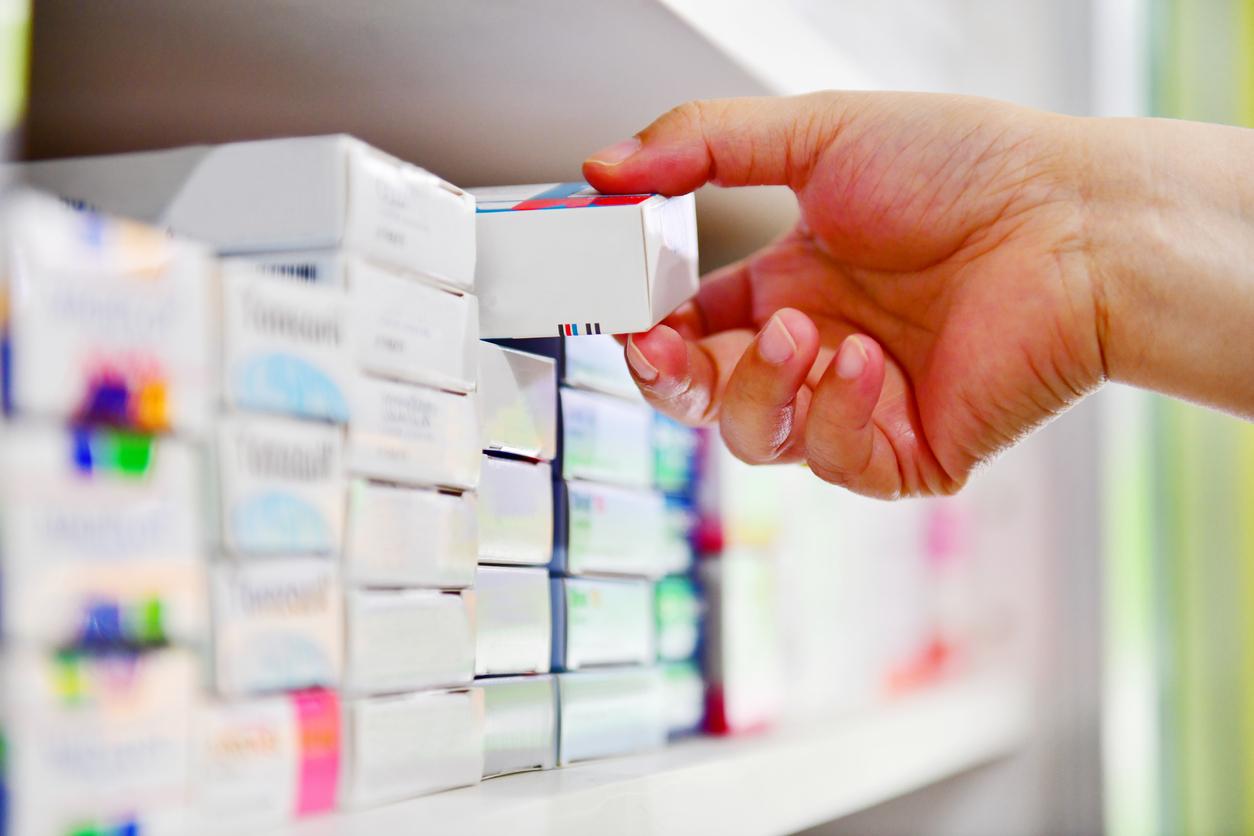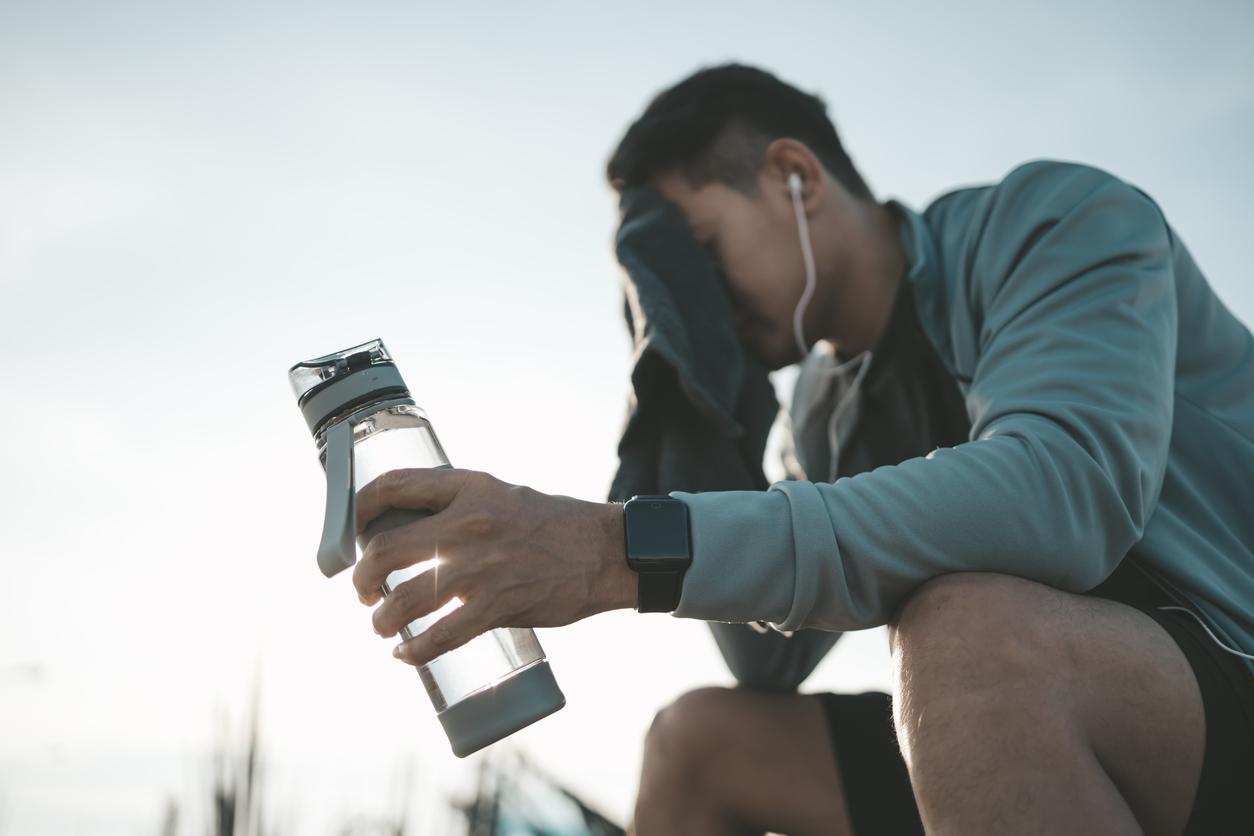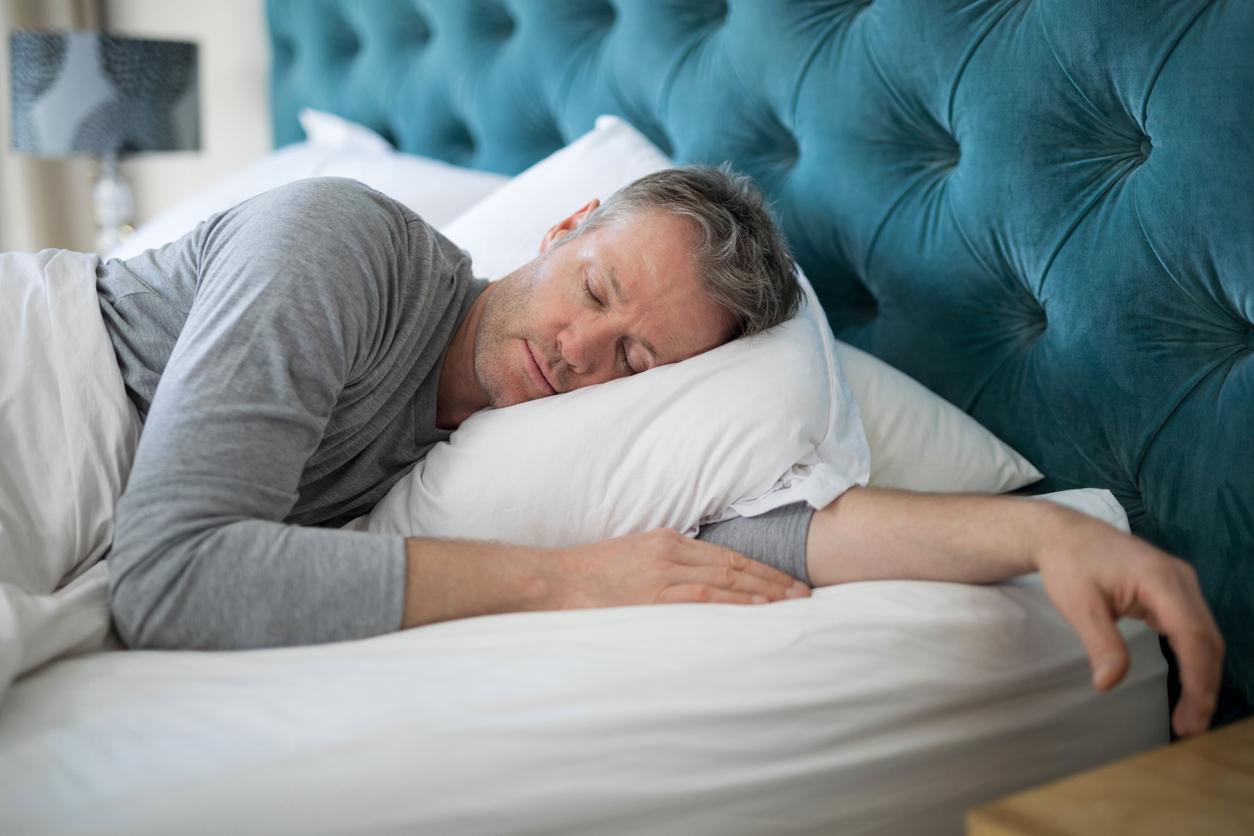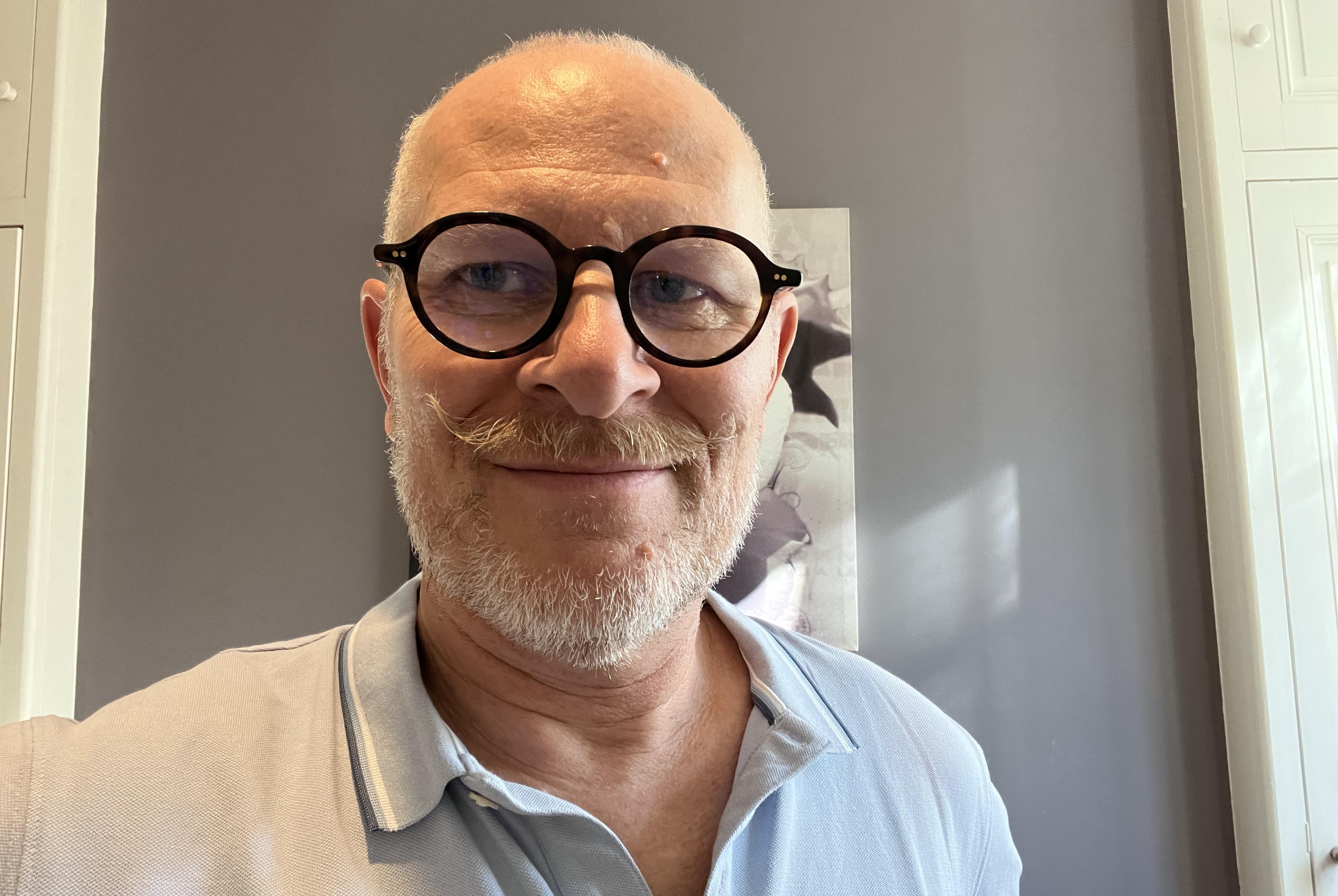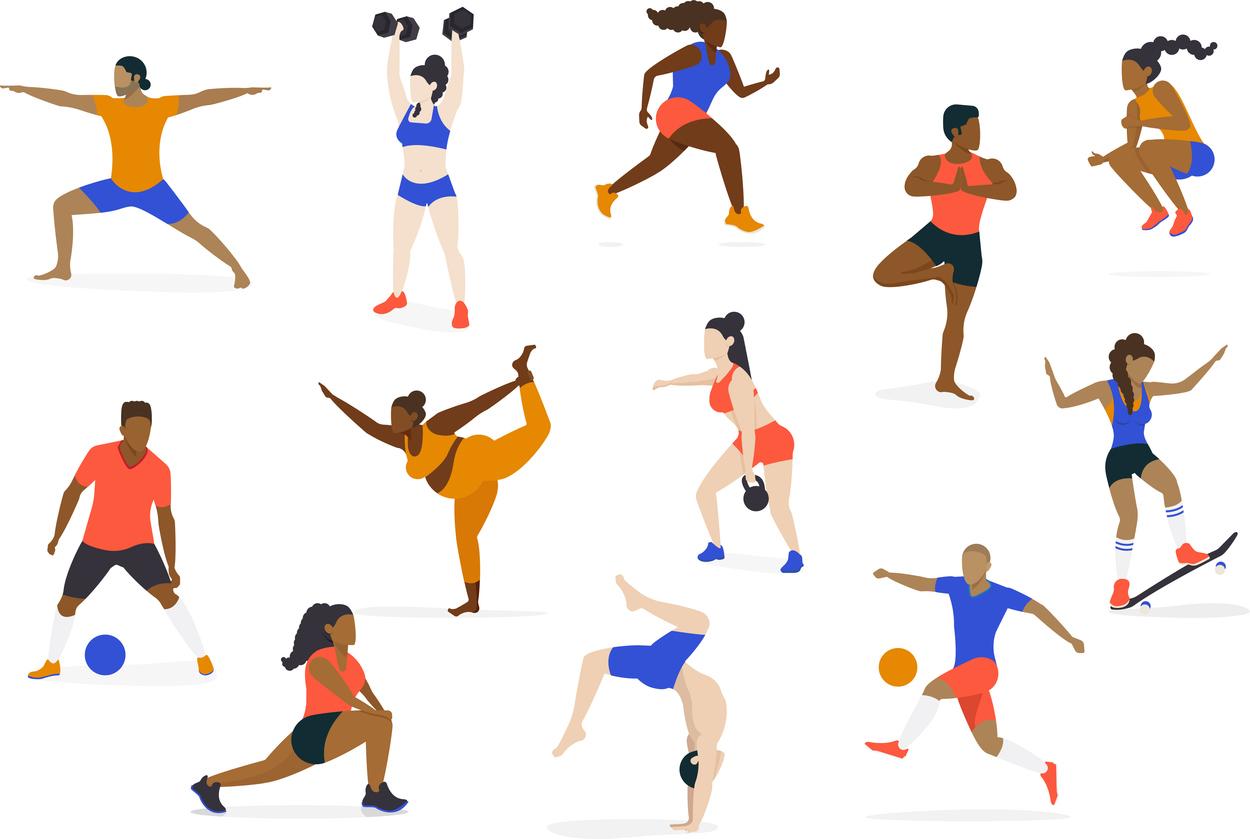Diagnosed with type 2 diabetes at the age of 38, Jean-Christophe joined an adapted physical activity (APA) workshop to try to fight this autoimmune disease. He shared with Pourquoi docteur the different stages of his journey to improve his health and blood sugar levels.

- Jean-Christophe was diagnosed with type 2 diabetes at the age of 38.
- He joined an adapted physical activity program to improve his health and blood sugar levels. He lost nearly 15 kilos in 3 years.
- It benefited from the expansion of reimbursement for glucose sensors, decided last June.
Type 2 diabetes is often seen as an “old man’s” disease. Certain elements contribute to this image: the autoimmune disease generally manifests itself after the age of 40 and the diagnosis is made on average around the age of 65.
However, Jean-Christophe had not yet reached his forties when doctors told him that he was diabetic.
Type 2 Diabetes: “I Was Extremely Tired”
Type 2 diabetes: this diagnosis came in 2011 when Christophe was only 38 years old. He remembers the symptoms that led him to have tests done. “I was extremely tired, I felt faint regularly, I fainted several times, in fact. But be careful, no two people have the same diabetes. There are other warning signs.” These include: blurred vision, frequent need to urinate, excessive thirst or unexplained weight loss.
The illness came into his life as a surprise. “It’s not hereditary. I think it’s due to a fairly average lifestyle – I ate a lot of sugar for example – and its worsening is linked to a psychological shock.”recognizes the man who is now 53 years old.
At first, doctors prescribed only medication to stabilize his blood sugar. But after his brother died unexpectedly in 2018, his diabetes worsened. He was then put on insulin, three times a day, in addition to his treatment.
Jean-Christophe recognizes that diabetes is a restrictive pathology. “It’s an autoimmune disease that makes you tired. You get exhausted more quickly. And you also heal more slowly. When I have rhinopharyngitis, it takes me three weeks to recover. When I’m injured, it takes me three weeks to heal.”he explains. “It is often said that you can live with diabetes… It is true, but it remains difficult. All organs can be affected: it is necessary to go to the cardiologist once a year, to the ophthalmologist. You have to monitor your feet, your kidneys… You spend a lot of time at the doctor.”
“I expected them to put me on an insulin pump”
After several years of consultations in a city office, Jean-Christophe felt the need to be treated in a hospital again. And almost by chance, he got an appointment at the Cochin hospital, which is renowned for its treatment of diabetics. “I was in Cochin for a check-up. But I went to the wrong building. I asked a doctor for help and noticed that she was a diabetologist. So I took the opportunity to ask her if it was possible to get treatment here. And, it turned out that she was the doctor who was taking care of new patients. So she fixed me an appointment for the following month.” When he saw her in July, her tests were not very good. She suggested hospitalization in September in order to do additional tests.
“I expected them to put me on an insulin pump. In reality, they offered me to participate in a new program.” It consisted of stopping insulin and taking Ozempic – “the famous antidiabetic now used by many people to lose weight” – and finally to get into sport.
To keep this commitment, Jean-Christophe approached the diabetes and obesity center, a place that helps improve the health of patients. “That’s how I joined Anis’ therapeutic physical activity session program”remembers the man who was not very sporty at the time.
Diabetes: “If I have to exercise to feel this good, then I will.”
“I admit, I wasn’t thrilled about the idea of joining adapted physical activity (APA) workshops. I’m not very sporty. I walk a lot… but sport isn’t really my thing.”admits Jean-Christophe. Despite his very limited taste for physical activity, the fifty-year-old attended up to two sessions per week.
“The advantage of the workshops offered by Anis is that they are designed for people with diabetes. In standard gyms, it’s less easy, because if there are coaches, they are generally not trained to support people like me. In addition, since Anis is also diabetic, he knows the disease inside out. He is also the one who taught me the most about it… even more than the doctors.”
Another advantage of these adapted physical activity (APA) sessions: meeting other patients experiencing a similar situation. “We help each other and motivate each other together.”
And today, even if Jean-Christophe still doesn’t have a passion for sport, he recognizes that it was worth the effort. Between the new treatment and the resumption of exercise, he has lost between 13 and 15 kilos in almost three years and above all feels much better.
“Because of my diabetes, I had developed capsulitis in my shoulder and I had problems with osteoarthritis. Since I started playing sports, I have much less pain, whether in my shoulder or my back. I breathe more easily. My blood sugar is better.”rejoices Jean-Christophe.
Besides, he now goes to his sessions with enthusiasm. “I go with pleasure, because I know it does me good and I meet friends. But I do it above all because it is good for my health. I can see the benefits. When I compare myself to four years ago, I prefer my current situation… if I have to do sport to feel as good, then I do it.”
For him, there is no doubt: adapted physical activity sessions should be covered by Health Insurance for diabetics.Unfortunately, an amendment that would have allowed this was rejected last winter.”he laments.
Freestyle Libre 2 glucose sensor: “we gain in comfort and precision”
Physical activity is not the only thing that has improved Jean-Christophe’s daily life. The Freestyle Libre 2 glucose sensor – which allows you to measure and monitor your blood sugar levels continuously – has also played a role. Jean-Christophe, who had used it until his treatment changed in 2018, is benefiting from the extension of reimbursement of the device to patients with unbalanced type 2 diabetes who are not on intensive insulin treatment (< 3 insulin injections per day), decided in June last year.
The device, which he has been wearing again for six months, has made it easier to monitor his diabetes. “The data is much more reliable. It not only gives your current blood sugar, but also the trend: whether the sugar level is rising, falling or stable.”
“Before, if I wanted to check my blood sugar during my sport, I had to stop my session, go get the blood sugar meter, the lancing device and prick myself… which is far from pleasant and easy to do, especially in winter. In addition, the result was not necessarily conclusive. With freestyle, you just have to look at the application installed on your phone to know the level. It is more comfortable and precise.”he assures.
Weight loss, physical activity, glucose sensor… these different elements allow Jean-Christophe to no longer think about his diabetes all day long. However, he recommends that everyone pay attention to their lifestyle and health. “We must do everything to avoid getting diabetes because it is a painful disease. People do not realize that it is very tiring and weakening.”










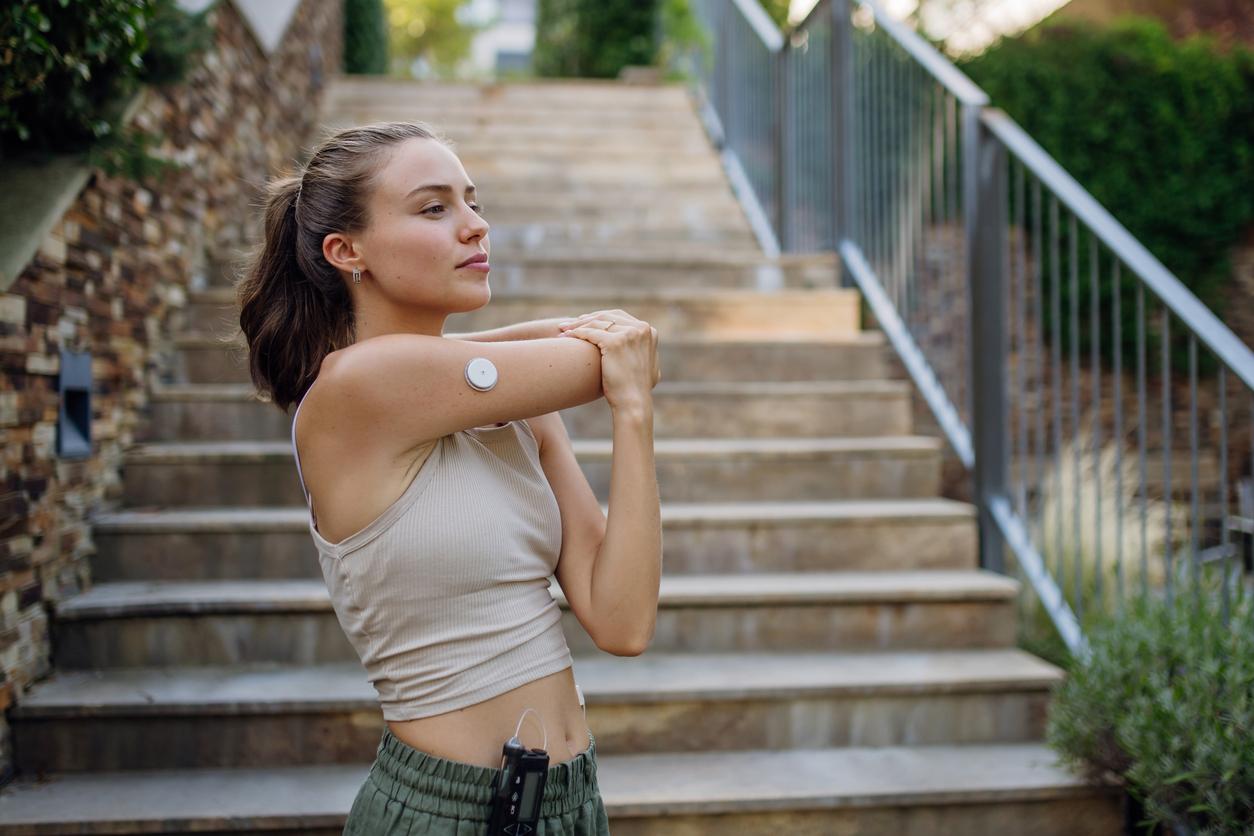
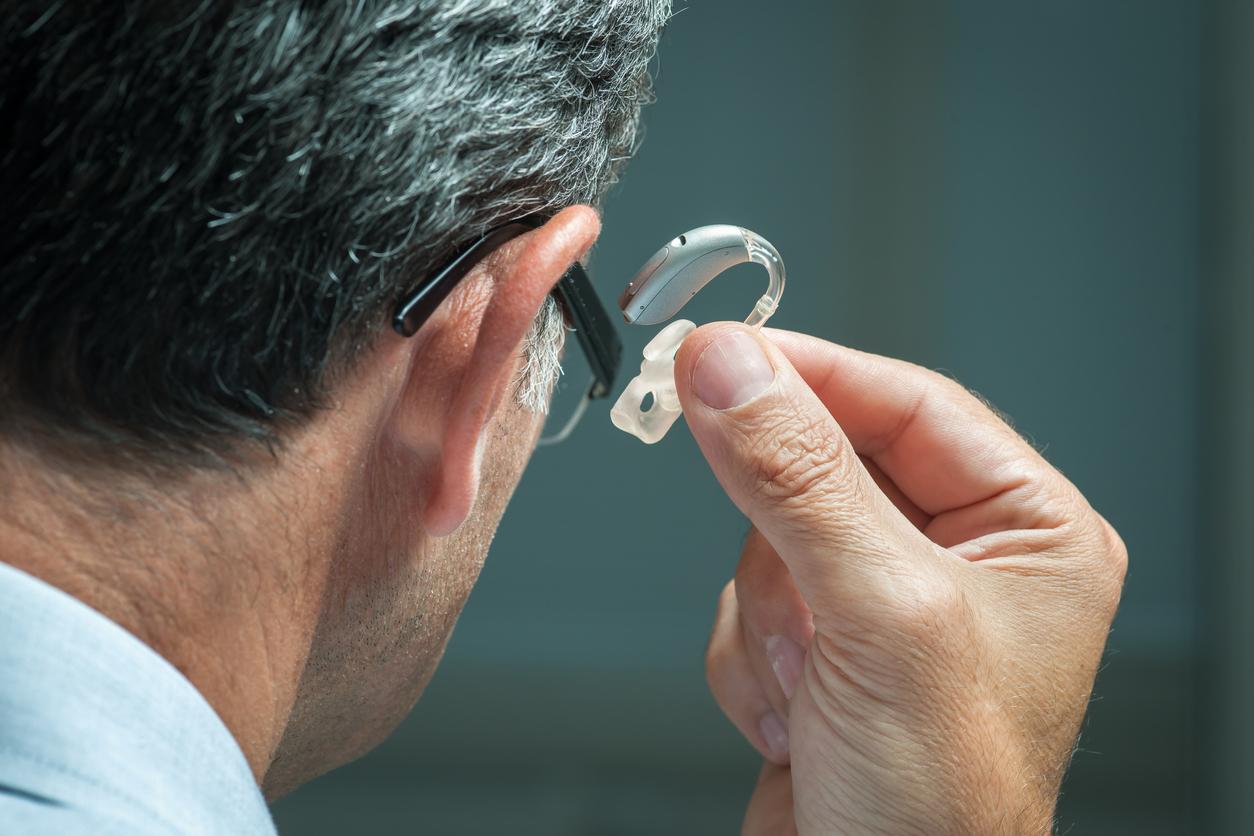
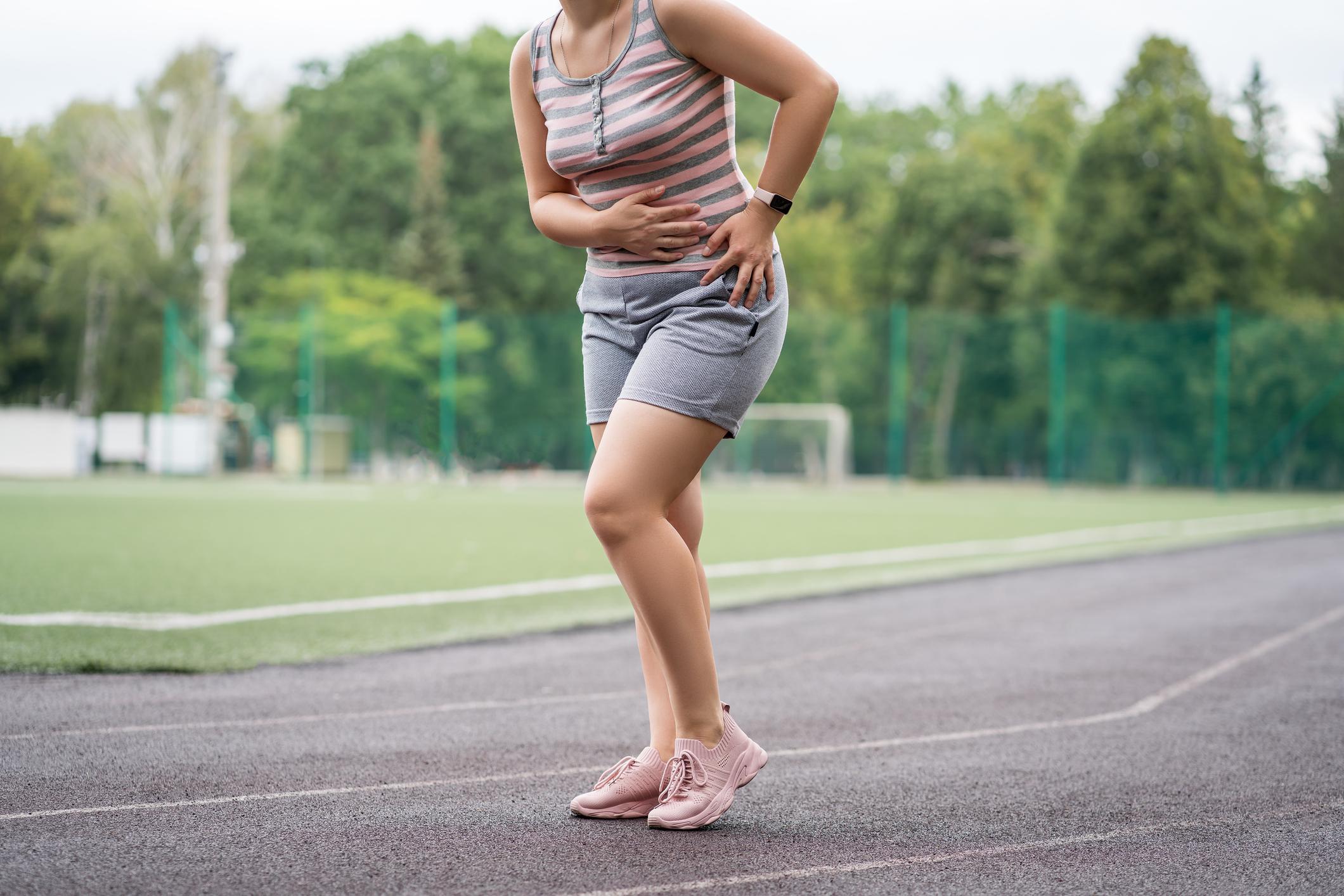
-1730888646.jpg)
